Ads by Google
Specialist Contractors
M & E, Signalling, Civils. Rail, Underground, Switchgear.
www.giffengroup.co.uk
Transport in east London
East London has the fastest growing transport infrastructure
www.gtlon.co.uk/transport
London Trains
Cheap Tickets For UK Trains - Check Times and Book Online Now!
FirstCapitalConnect.co.uk
Paris Train Tours
Champagne Lunch On The Eiffel Tower Train Tours From London. Book Now!
www.PremiumTours.co.uk
M & E, Signalling, Civils. Rail, Underground, Switchgear.
www.giffengroup.co.uk
Transport in east London
East London has the fastest growing transport infrastructure
www.gtlon.co.uk/transport
London Trains
Cheap Tickets For UK Trains - Check Times and Book Online Now!
FirstCapitalConnect.co.uk
Paris Train Tours
Champagne Lunch On The Eiffel Tower Train Tours From London. Book Now!
www.PremiumTours.co.uk
For the 3,000 passengers sweltering in the tunnel at Oxford Circus on Monday, it was just another rush-hour delay on the Victoria line. For the future of the Tube, it was more frustrating.
The broken-down train was one of the 10 spanking new, fully automatic, £10 million machines central to the Victoria line's £900 million upgrade. Already they have been tested on the line for a year. Still they suffer computer software problems. And this is just the leading edge of the dramatic upgrades planned for almost the whole network.
New kit always causes problems: trains introduced on the Northern line in 1996 broke down for years, justifying the “misery line” nickname. The Victoria line upgrades are on schedule and on budget. But today Tube users are facing the reality of state-of-the art trains and signalling systems being tested live on the world's oldest underground railway system.
Combined with the threat of savage Government cuts, such challenges suggest we may have much longer to wait for the new Tube we were promised in 2003, when the first of the Public Private Partnership (PPP) deals for the network was signed and control of London Underground passed to the Mayor.
That we need a new Tube is beyond doubt. Never mind the delays and crumbling stations suffered by passengers: go behind the scenes and it's clear that this is a network in desperate need of investment.
At the Earl's Court control room on the District line, most of the technology is stuck in 1961, when it was built. “I first came here in 1977,” jokes Howard Collins, LU's chief operating officer, “and you still can't stick anything into the wall because of the asbestos.”
I'm down in the interlocking machine room, the guts of the District line's signaling system — effectively the brain of the line. The technology is mechanical levers powered by air pressure, directed by hole-punch reels driven by Hewlett Packard HP1000s, a 1960s computer system discontinued a decade ago. It looks like the traffic-control computer sabotaged in The Italian Job (1969) — only scruffier and with household fans rigged up to keep the heat down.
Transport Commissioner Peter Hendy is more pithy: “The signaling is all clapped out.”
This is the heart of the problem, and it's a big job — roughly like rewiring your whole house, only without stopping anything running. On Monday the Metropolitan line will get the first of the “sub-surface” lines' 191 new trains, complete with air conditioning. But as Collins admits: “It's like taking the poshest car imaginable and then driving it down a farm track.” Without new signalling and track, the new trains will make little difference to journey times.
The PPP, a mind-bendingly complex 30-year deal contracting out maintenance and upgrading, was supposed to fix all this. The plan was to increase the Tube's capacity to serve a bigger, more prosperous London, as well as making the Tube more pleasant to use. Instead of about 24 trains an hour at peak times, there would be nearer 36.
You could be forgiven if you hadn't noticed — despite nearly £12 billion being spent since 2003. Many of the improvements have been peripheral — new track on outlying sections, spruced-up stations — or else add-ons such as the Oyster system.
The major work fell rapidly behind and costs ballooned. The two consortia of engineering contractors involved, Tube Lines and Metronet, argued bitterly with Transport for London.
Metronet collapsed in May 2007 under a mountain of debt and uncontrolled costs. It had been responsible for the Victoria, Bakerloo, Waterloo and City and Central and “sub-surface” lines (the earliest, shallow Underground lines — Circle, District, Hammersmith and City, Metropolitan and East London). In May 2008, it was transferred to TfL.
Then last year the other contractor, Tube Lines, responsible for the Jubilee, Northern and Piccadilly lines, started to wobble, after admitting that the Jubilee line upgrade was far behind schedule.
A major stand-off developed with TfL over the costs of the next stage of the work, starting next year — although the PPP's arbiter conceded that the cost was £400 million more than TfL claimed. Faced with collapse, Tube Lines was bought out for £310 million by TfL last month.
Imperial College's Professor Stephen Glaister, a former board member of TfL and a director of Tube Lines, blames Gordon Brown, who forced the PPP model on Mayor Ken Livingstone. “Brown thought PPP was a cost-reducing way of getting the work done,” recalls Glaister. “That simply was not realistic.”
A TfL report last week warned of serious new delays to both the Jubilee and Northern lines (see box). One Jubilee line driver told me: “There's a general lack of confidence among drivers. When we test it at weekends, we'll have a good afternoon when it runs fine and then the system falls over and we have hours of delays.”
The Mayor has promised that line closures on the Jubilee and Northern lines will be kept to a minimum — but that will prolong the job.
Meanwhile, there are serious doubts whether the lines that were always further along in the schedule — such as the Piccadilly and Bakerloo — will ever now get their upgrade.
Then there's the money. It was already questionable whether TfL could afford the job.
Glaister warns: “There is a big black hole and TfL are either going to have to find the money elsewhere or slow down the whole programme.”
And there is the prospect of the Department for Transport passing on cuts of up to 40 per cent.
There is also competition for funds from separate Crossrail projects. The LSE's Tony Travers is pessimistic: “The Treasury just don't trust London Underground any more.”
Hendy concedes that “in extremis” a 40 per cent cut in funding would mean not being able to upgrade signalling on the sub-surface lines. He warns: “The risk then is that the system falls over more and more.” Glaister adds: “I'm really concerned that the Northern line is going to become dreadfully unreliable.”
Business leaders are clear, though: without a revamped Tube, London will start to grind to a halt. Passenger numbers have risen steadily since the mid-1980s: there are now 3.5 million journeys each weekday and sometimes more than four million. London's projected future growth will push it past breaking point.
Peter Hendy is defiant: “The Mayor will go down fighting for this.”
Prepare for a battle royal between Boris Johnson and the Chancellor over the future of the rails beneath our feet.
Victoria Line
Still scheduled for completion in spring 2012. A new signalling system is ready to go live, while most of the work on renewing track and ventilation systems is complete. The main hold-up now is the wait for the rest of the 47 new trains, arriving at a rate of about one a fortnight from engineers Bombardier.
Jubilee Line
Originally contracted to Tube Lines, the main part of the upgrade to the Jubilee line is to its signalling system, designed by French electronics group Thales. Originally scheduled for completion in December 2009, it fell badly behind: Tube Lines underestimated the difficulty of developing the system software. Extra weekend closures — 146 to date, which have led to all sorts of problems for the O2 arena at Greenwich, for example — have still not anywhere near ironed out the bugs in the system. A recent TfL report says that it is unlikely to be complete before February 2011.
Circle, District, Hammersmith and City and Metropolitan Lines
These sub-surface lines are the focus for the next major tranche of investment, £4.5 billion over seven years. From next week, new trains will start to run here, starting with the Metropolitan line. By 2015 all these lines will have the new trains (cost: £1.5 billion) although some platforms will need lengthening to accommodate them. Work on new signalling will begin next year. Expected completion of the whole upgrade: 2017.
Northern Line
New signalling for the Northern line was originally contracted to Tube Lines and scheduled for completion by December 2011. By this month, work was supposed to be 72 per cent complete — in fact, only 10-12 per cent has been done. A report for TfL this month by contractors Serco notes that “slippage experienced to date suggests that if this programme were to proceed then it is likely that the upgrade would not be complete until late 2013” and that “even this estimate may be optimistic”.
Piccadilly Line
New trains and signalling were originally scheduled for completion by 2014. Future now very uncertain: TfL are cagey about the timetable and even 2017 is now seen as optimistic by insiders. By then its existing trains will be 40 years old.
Bakerloo Line
The last line to be upgraded: new trains and signalling originally scheduled for 2020. When it gets done is now anyone's guess.
Reader views (2)
The problem is that the tube is run for the benefit of greedy union employees and private contractors with the paying customer only an afterthought. Its fairly simple
- George, London, 29/07/2010 14:21
Report abuse
- George, London, 29/07/2010 14:21
Report abuse
Add your comment
Terms and conditions Make text area bigger You have 1500 characters left.
We welcome your opinions. This is a public forum. Libellous and abusive comments are not allowed. Please read our House Rules.
For information about privacy and cookies please read our Privacy Policy.



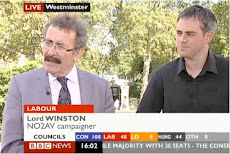
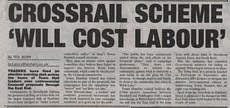

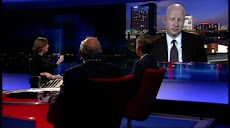

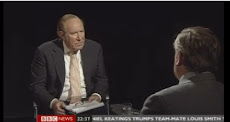
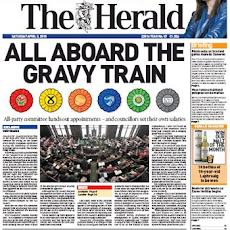
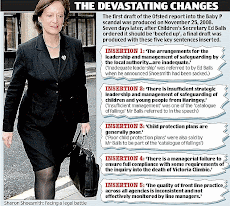
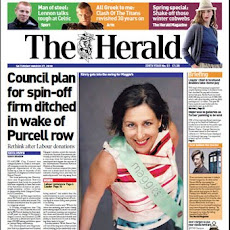
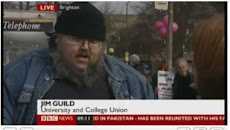

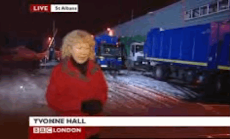


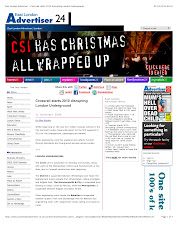

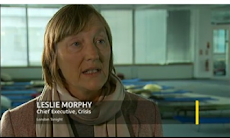


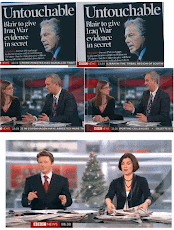
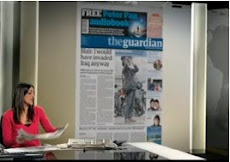

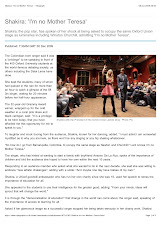
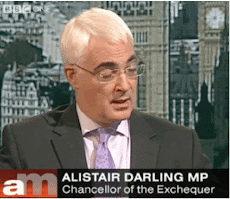
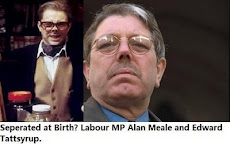
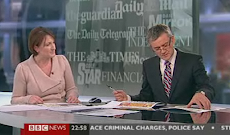
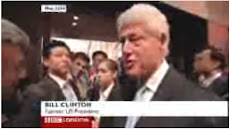
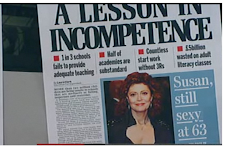

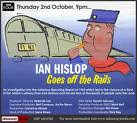

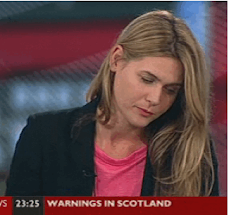
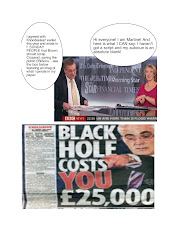
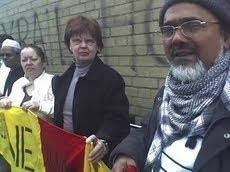
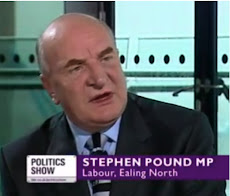

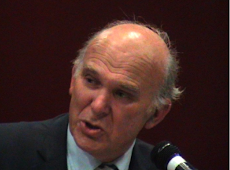


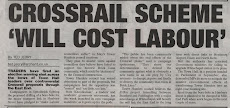

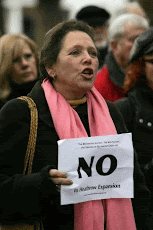

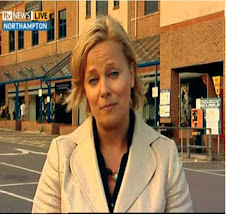

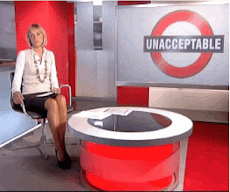

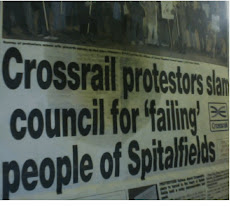
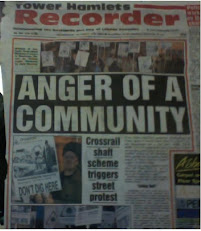
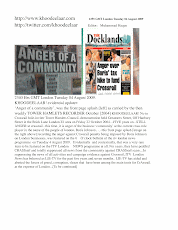
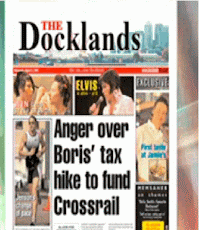
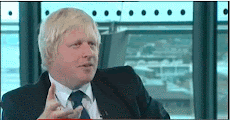

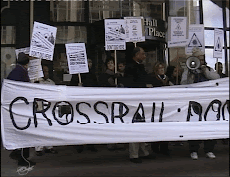

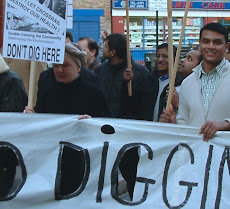
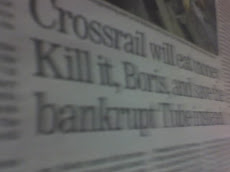
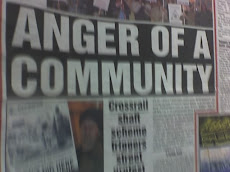
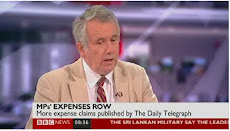
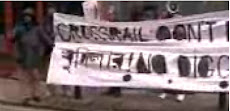
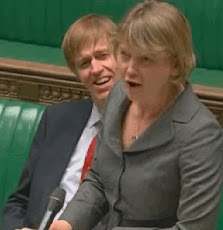

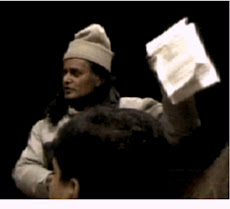
The Treasury's record on transport over the years is unbelievably bad.
The disastrous PPP was cooked up in the Treasury. But their greatest transport crime was the crazy industry structure forced on the railway industry at privatisation, completely against the advice of all the experts who knew anything about railways. This almost lead to the complete collapse of the network in 2000, and has resulted in a tripling in the subsidy without anything like a tripling in the quality. Our railway is now very expensive by European standards, but nothing like European quality. Have we ever has an apology from Sir Steve Robson, former deputy permanent secretary to the Treasury, who Christian Wolmar says "pushed through the structure of rail privatisation...that is at root of so many of the railway’s problems"?
There are many other examples.
More generally, the Treasury (and the ex-treasury hacks who dominate the upper reaches of the DfT) has an obsession with competition, which just doesn't work with public transport. See for example the book by Paul Mees.
London desperately devolved control over tax and spending. We need to wrest control of the purse strings from the dead hand of the Treasury, and allocate the money according to local priorities, and not according to Treasury prejudices and dubious cost/benefit models.
- Kev, Bromley, 29/07/2010 14:41
Report abuse